A year ago our readers had a chance to take a closer look at the first handset, featuring a 5 mpix camera – particularly it was Samsung SCH-S250 . Today we're offering you one more review of another device with 5 mpix camera onboard – this time manufactured by LG. This very model has a number of indexes, e.g. LG SV550 - non-operator index, and the mobile operators gave it the name of LG KV5500, LG LP5500 (LG TeleCom). The core difference between the latter two devices is the menu's appearance and the label itself, but not the functionality. Since the version we are currently reviewing has been released for LG Telecom mobile operator, we will accordingly use LG LP5500 index.
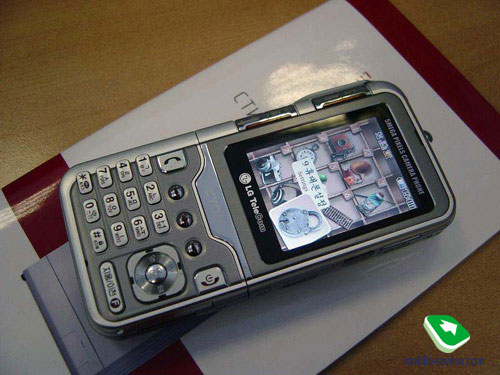
But let's get straight down to the review and, actually, the reason why we decided to test this handset. Similar to Samsung SCH-S250 case, LG is intending to introduce its own top mode, which will operate using standard GSM bands, into the European market. Though it's hard to predict what will change for the better and what for the worse, all we can do at present is to evaluate the potential, concealed in the device.
LG LP5500 works in CDMA 2000 1x EV-DO (the third generation of networks) networks at 2,4 MHz frequency. To begin with, in order to handle pictures, taken in the maximal resolution, and other resource-intensive tasks, like 3D Java, big screen, the handset needs a fast CPU. The device has chipsets by QualComm built in – the main of which is indexed as MSM6500. It was announced in San-Diego on the 9 of July, 2003 (check out the press-release ), however the development of the chipset representing the new generator had been underway since the end of 2001. To have a better idea of the QualComm's capabilities, let's get back into the days and look what we were to expect.
At the release the chipset had an overwhelming potential – it could be integrated into mobile phones, PDA, smarthphones and so on. The camera's interface was almost alike the one, used in digital cameras. With USB On-The-Go (OTG) host-controller it could work directly with a digital camera, printer, keyboard or CD-ROM, all this owing to USB 2.0 interface. Unfortunately LG preferred its usual interface to the potential of the chipset. At the first glance it may seem that usage of an old chipset for new models is an archaism. But you shouldn't miss the fact, that as a rule the time span between the actual idea and the release is equal to one or even two years. For instance, Siemens SXG75 which has been introduced into the market in the beginning of 2006 is powered by MSM6250 chipset, or the other product by a Korean manufacturer - Pantech&Curitel IM U-100, which is armed with MSM6500 as well. The most remarkable specifications of the model by Pantech are: a display with 15:9 sides ratio (quite strange, because if the manufacturer wanted to optimize the display for playing back wide-screen clips, it would apply the ratio of 16:9, just as in TV) and 2.6 inch diagonal, featuring the resolution of 240x320 pixels, a built-in 2 mpix camera and 3x optical zoom, also its users can receive and record TV digital video signals.
Comparison of chipsets: MSM6250, MSM6500, MSM7600 can be found by following this link .
Here are the main capabilities of MSM6500 chipset:
- Supports CDMA2000 1X Rev. 0 and Rev. A, CDMA2000 1xEV-DO Rev. 0 and GSM/GPRS networks
- ARM926EJ-S™ microprocessor core
- Two QDSP4000™ high-performance digital signal processors (DSP)
- ARM® Jazelle™ Java® hardware acceleration
- Support for BREW® and Java applications
- Qcamera™: Up to 1.3 megapixel digital images
- Qtv™: Playback at 15 fps QCIF
- Qcamcorder™: Record at 15 fps QCIF
- Q3Dimension™: Up to 50k 3D triangles/second, and 400k depth-tested, textured and 1M depth-tested, shaded 3D pixels/second fill rate
- gpsOne® position-location hybrid assisted-GPS (A-GPS) solution
- Digital audio support for MP3/AAC/aacPlus™
- Integrated Bluetooth® baseband processor support
- Support for mobile receive diversity (MRD) solutions for enhanced data throughput and an improved user experience
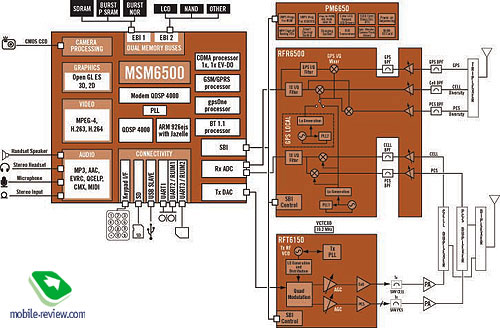
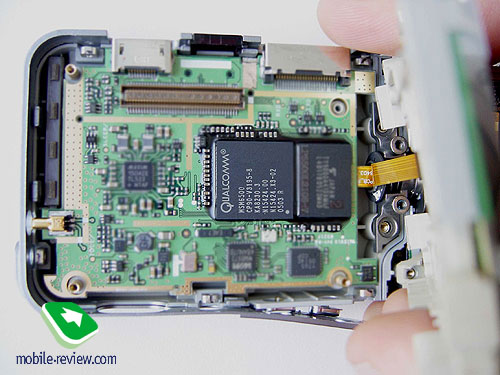
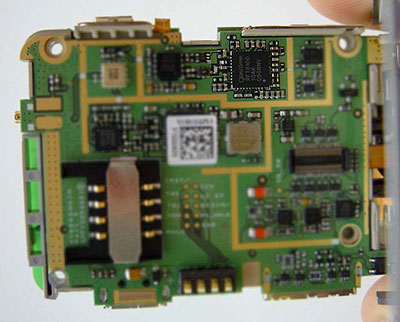
As can be found from the characteristics, the chipset supports not only Bluetooth, GPS, but what is more it can operate in GSM/GPRS networks. So it turns out that the Korean engineers, have purposely limited the handset's capabilities, which are already incorporated into the chip, measuring 14 х 14 mm. On the other hand, the device is aimed at the home market in the first place, where no GSM 800/1900 Mhz mobile operators exist. To run GPS and Bluetooth, the developers would need to suffer additional expenses and find more place in the small case of the phone. Thus LG took a decision to pick only USB, IrDA port, available only for transferring the phone book back and forth, for communication purposes. Of course all this can't be satisfactory nowadays, that's why miniSD memory cards extension slot with maximum capacity of 1Gb comes into the limelight. In return for the functions not featured by the Korean engineers, the company applied some ideas of its own. For example they optimized the camera, since the chipset was designed for matrixes up to 3 mpix and enlarged the display. So in the end this solution seems to be the golden mean
Summing up the capacity of QualComm MSM6500 chipset and the other ones paired with this, we can affirm that the release of LG LP5500 on the European market is more likely to take place, all the more it's not the first experience of the company when a model begins its way on the Korean market, for example LG LP4300 - LG F2300, LG LP4100 - LG F3000 respectively. That's why changing the hardware is not essential – the main goal should be elaborating what is in currently onboard and then making a well-timed introduction into the market
The design
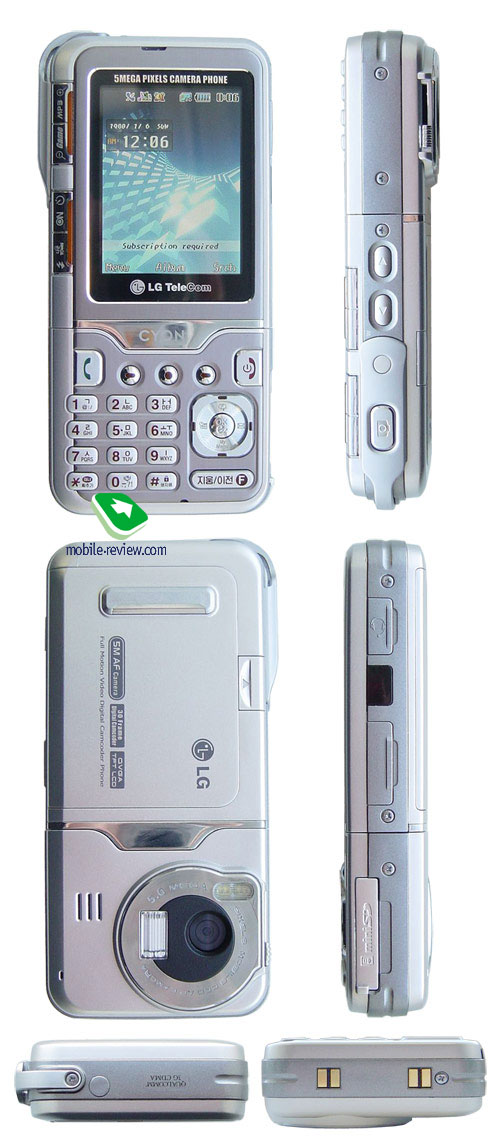
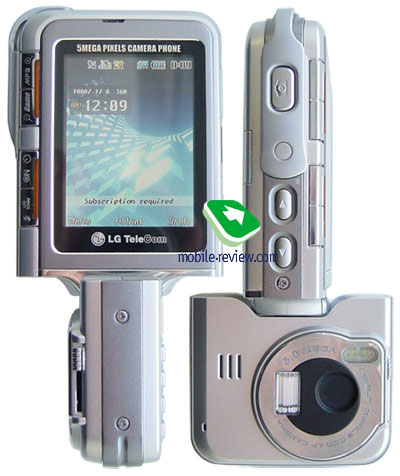
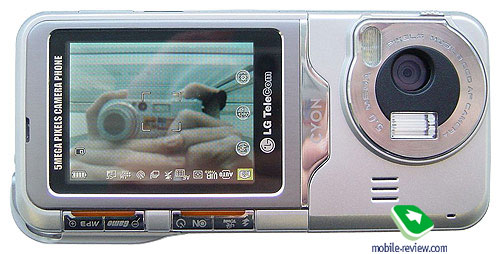
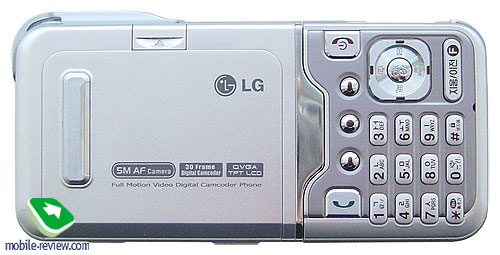
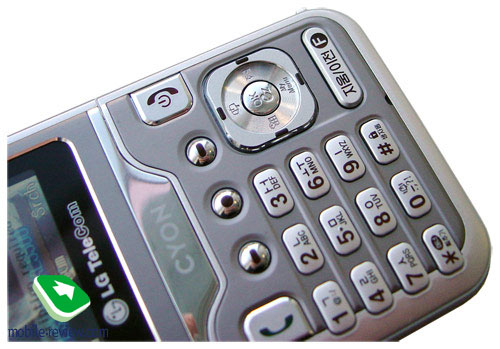
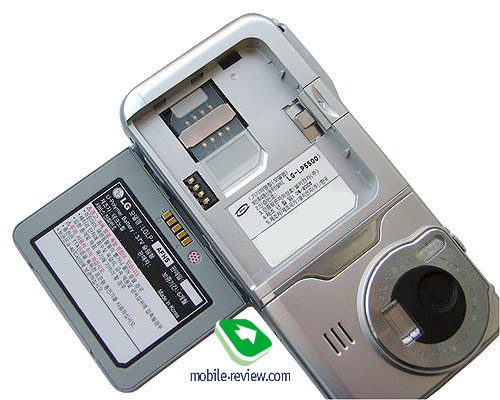
On the face of it the device is a candybar-shaped handset, well it has this appearance during the most part of its lifetime, but in fact LP5500 has two parts. The first one is the screen itself and the second one includes everything that is located below. And exactly the lower part is turned round the upper one. On the one hand you can find functional, numeric keys and a navigating key, made in the form of a square with rounded corners; and on the other – the object-glass. It's made in order to let you both make a picture of yourself and use video call mode. When rotating the lower part, the picture turns over. This cell design had been unique for quite a while, until Nokia 3250 got announced. Basically the Koreans are keen on inventing something unseen before – for instance Pantech&Curitel PT S110, which has its display located on the sliding part and can be rotated by 90 degrees.
Source : http://www.mobile-review.com
No comments:
Post a Comment